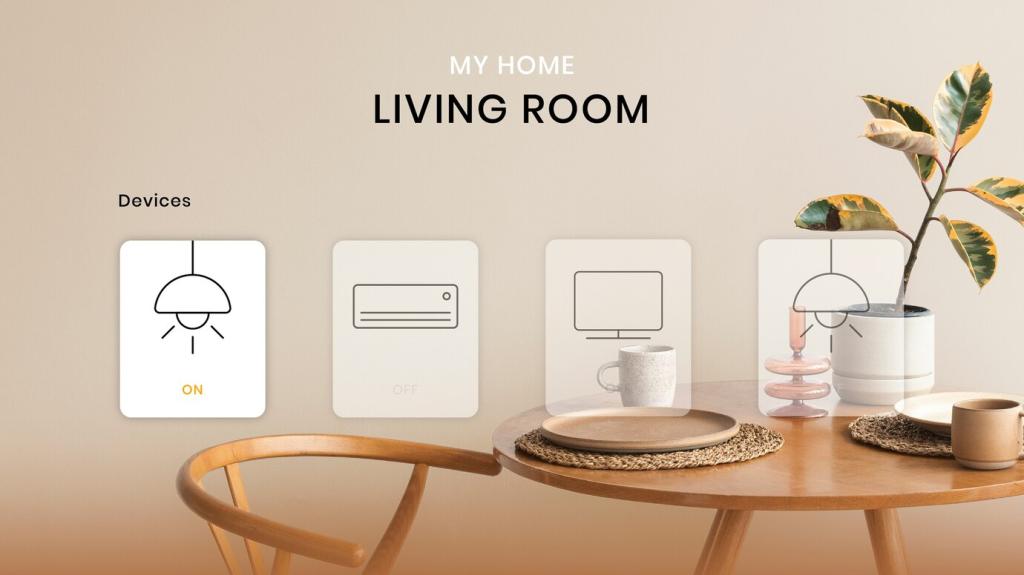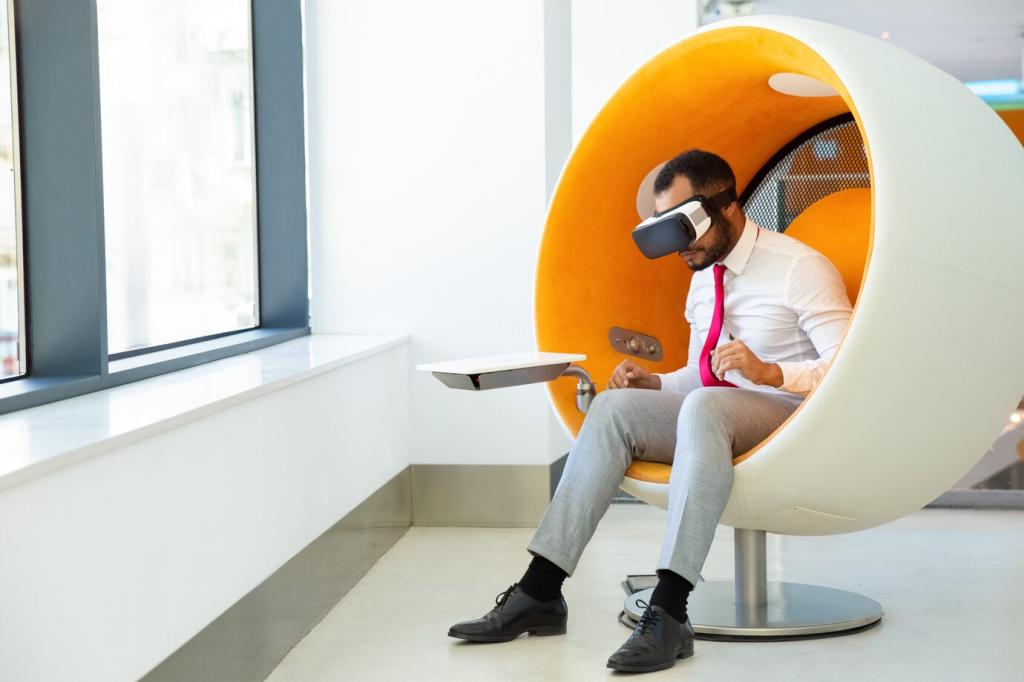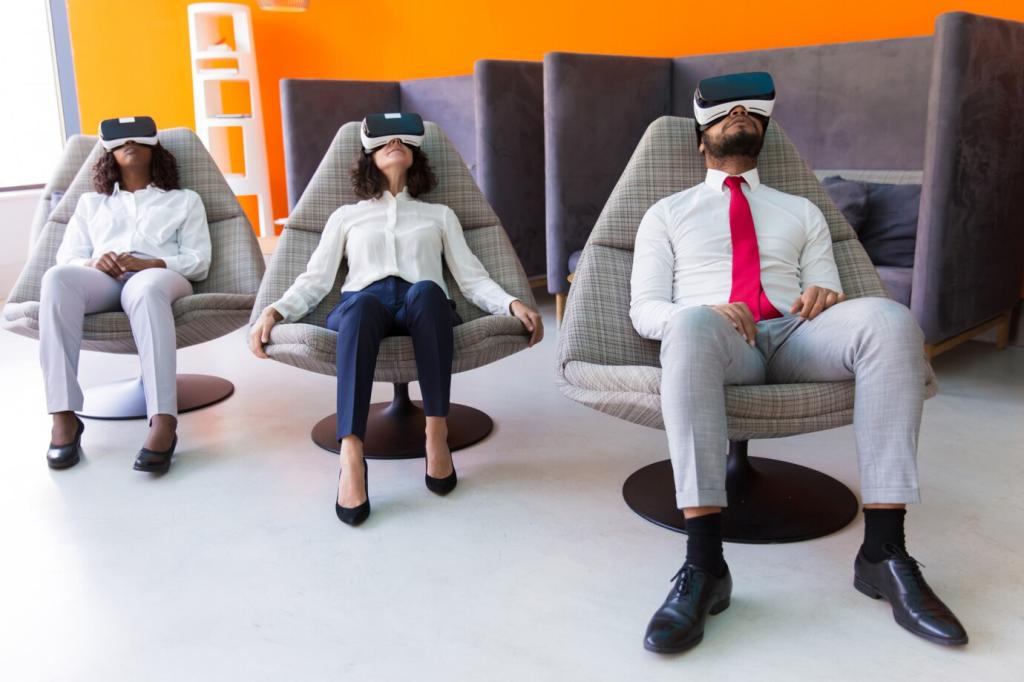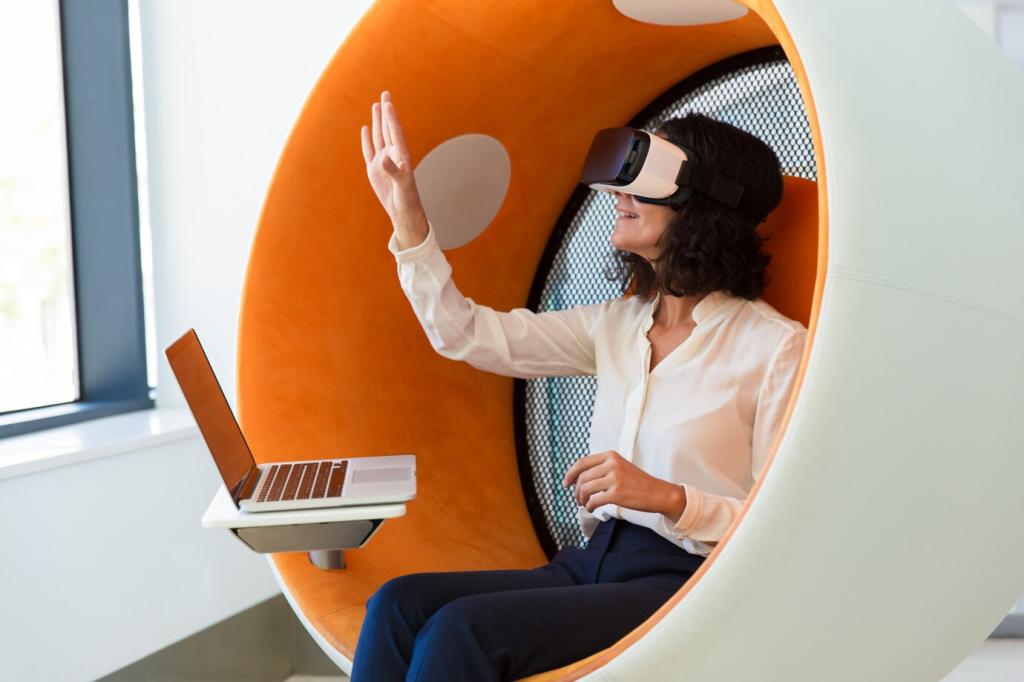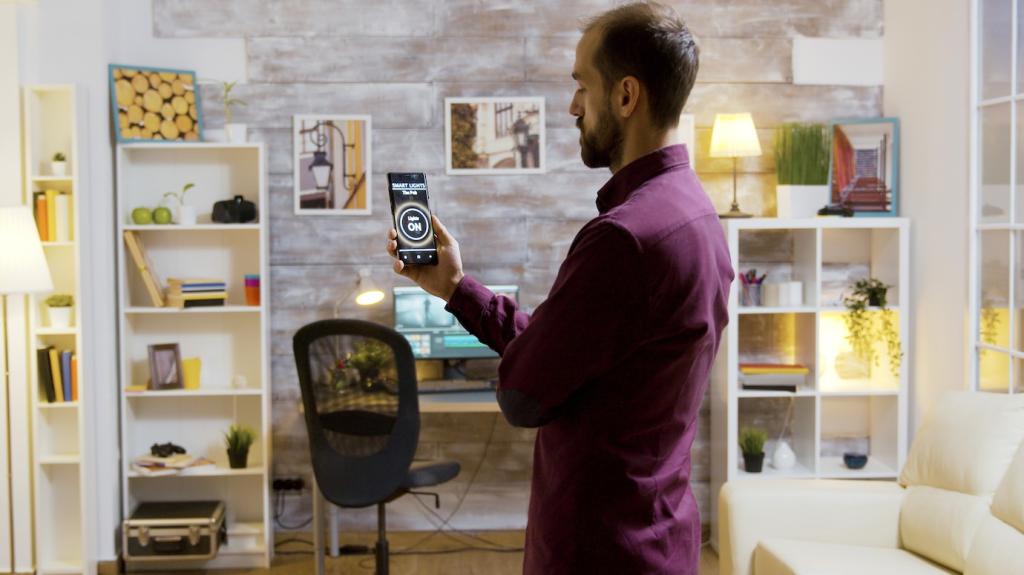Sustainability and Accessibility by Design
E‑ink displays sip power and excel at static information; adaptive brightness trims consumption when ambient light is high. Sleep schedules align with store hours or home routines. Solar assist can support ultra‑low‑power signage near windows. Which efficiency target are you aiming for? Tell us and we will benchmark options.
Sustainability and Accessibility by Design
Favor recycled aluminum, responsibly sourced wood, and removable, standardized fasteners. Modular trays make swaps easy without scrapping entire units. Label boards and connectors for clear servicing. Interested in a bill of materials template for repairability? Subscribe and we will share a field‑tested starter kit.


